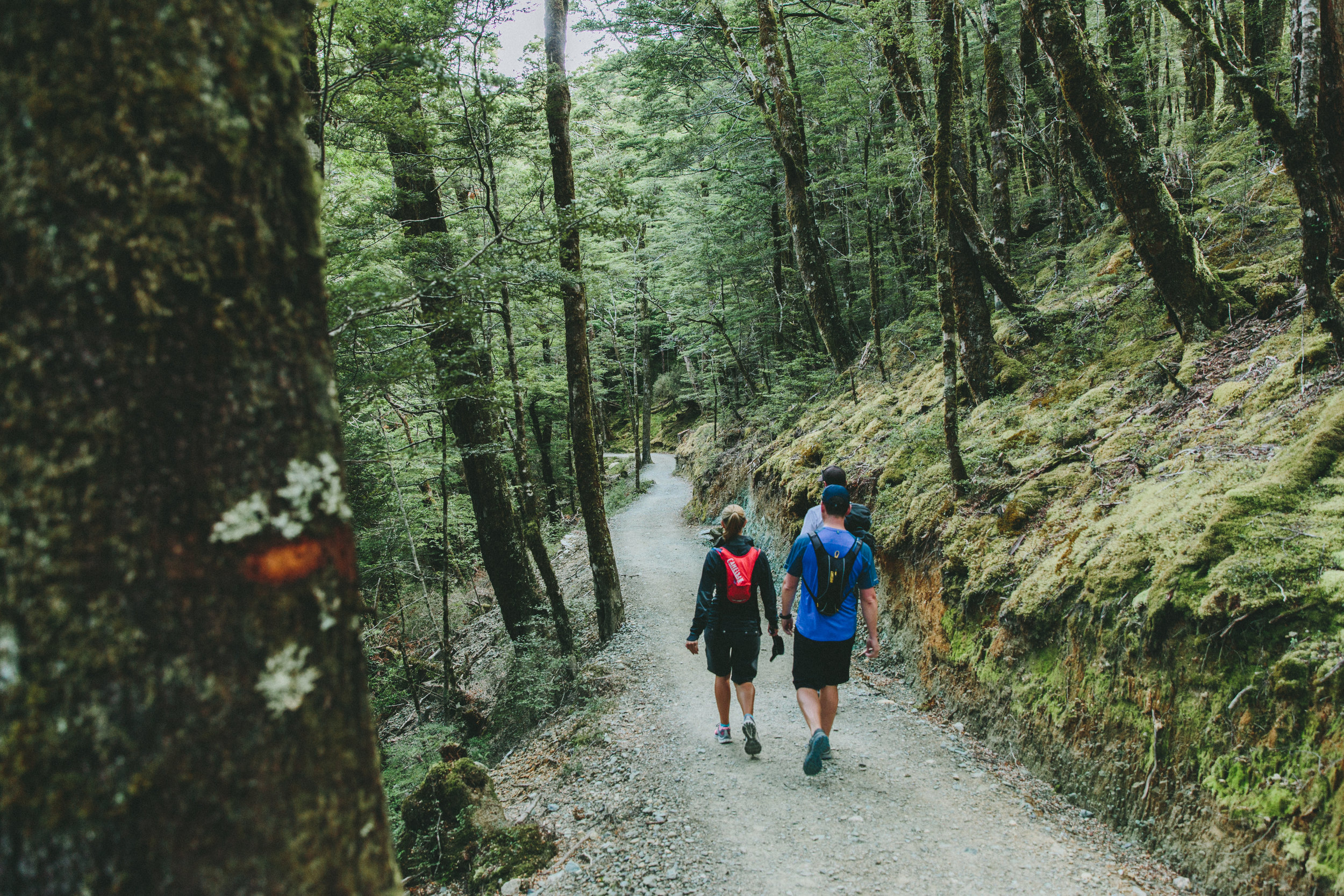
Find a Trail
• outdoors • dehors • kasaga’amin •
Pick your trail:
Harbour Loop
This Coastal Woodland area is the eastern most section of the Boom Camp site. The focus of the interpretation on this trail loop is significant timbering heritage and history of the area. The trail is 3.1KM, starting at the east pavilion and looping through forest area, extending all the way out to the shore of Lake Huron.
Delta Loop
This 3.7 Km loop starts at then end of the woodland loop and extends to the west pavilion going through the birds-foot delta at the mouth of the Mississagi River forms a diverse ecosystem rich in recreational interest and ecological resources. Additional interpretation is provided regarding the logging/booming operations, historical watershed use as a recreational resource and trade route, and functioning of the wetland complex. The Boom Camp Beach lies directly within the birds foot delta and provides opportunities for beach combing, driftwood hunting, and wildlife viewing
Woodland Loop
Shoreline Geology is the primary focus of this loop with interpretive information on the unique geological formations that gave rise to early mining and logging activities in the region. The trail is 5.3 Km long extending out from the east pavilion with two scenic look out areas overlooking the wetland areas and Lake Huron.
Youngfox Loop
Opening in Summer 2021, the Youngfox Loop features 1.7km of winding boardwalks through cranberry marshes.

Historic Trails
The Boom Camp Interpretive Park is part of the North Channel Historic Trails project spanning the area from the Township of Shedden through to Huron Shores.
The park comprises 12 kilometers of multi-season trails passing through three distinct ecological zones from coastal headlands through to provincially significant wetlands. Located at the mouth of the Mississagi River, this section of the North Channel of Lake Huron is significant for its cultural and natural historic values.
Archaeological evidence and oral traditions of the Mississauga First Nation support the belief that the area was a gathering place occupied by some of the earliest First Nation communities. It subsequently provided resource opportunities for the early trapping trade, and housed log booming operations for what became the largest White Pine mill east of the Rocky Mountains.
Although its uses have changed over time, it has remained an important resource for the inhabitants of this area for over 600 years.
Learn more on our History page or by visiting the Timber Village Museum.





